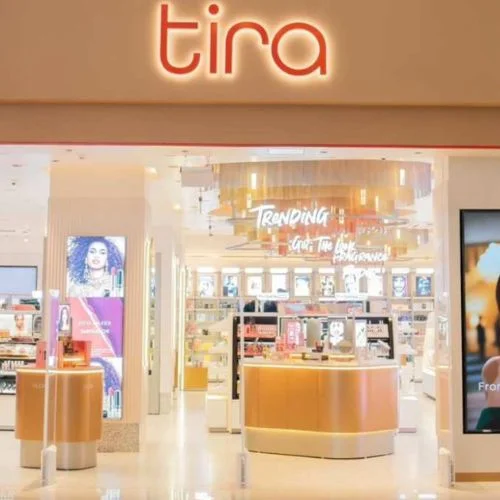During the September quarter, consumer goods firms saw a modest rebound in rural demand. While metropolitan markets did well, rural regions are likely to progressively recover, bringing the whole picture back into balance.
In the July-September quarter, demand in the FMCG sector remained low. Volumes in rural markets decreased by 1% on a two-year CAGR basis, while volumes in urban markets climbed by 3%.
The demand was weaker than expected, with “limited upward movement, contrary to our and other companies’ expectations”, said Ajay Thakur, an analyst at Anand Rathi Institutional Equities. “While there was some improvement in Quarter 1, Quarter 2 did not show the anticipated growth, partly due to uneven rainfall. The hope was for better numbers, but challenges persist in the rural sector,” he added.
Varun Berry, Executive Vice-Chairman and Managing Director of Britannia Industries Ltd said on a post-earnings call that the FMCG market is slowing, especially in rural areas. Despite the company’s continued attempts to grow into these areas and connect additional communities, a clear slowdown in the rural economy has occurred, he noted.
The number of local participants in the market has increased, according to Rohit Jawa, CEO of Hindustan Unilever. In the tea area, small firms’ market value has increased to 1.4 times that of big players, while in detergents, it has increased to six times that of larger competitors. Jawa emphasized that regional businesses tend to leave the market amid an inflationary cycle with increasing raw material costs. In a deflationary climate, on the other hand, they make a return.
“The impact of this heightened competition from regional and local players is evident, affecting larger counterparts. However, it’s crucial to note that these smaller entities, largely regional or local, are not significantly eroding market shares,” said Thakur.
He noted that the personal care area, which includes toothpaste, hair oils, and other personal care goods, has shown a little uptick, outperforming the general market.
Outlook:
Analysts observed optimism, especially with the impending holiday season and harvest, which are projected to contribute to increased rural demand. The attention is on the key third quarter, which is expected to reveal if an upswing is on the way. Several organizations expect H2 to be better than H1.
Titan, for example, is looking for mid- to high-teen growth in the jewelry industry, with an emphasis on sustainable and stable profitability, according to CFO Ashok Sonthalia on November 6.“…the second half of October has started pretty well for us—our jewelry business and some of the other businesses. So, we are pretty hopeful that we will have a good Quarter 3. Even on the solid base of last year’s Quarter 3, we should be able to deliver some healthy group numbers,” he added.
With retail inflation at a four-month low, there is confidence that the recovery will be aided. “The overall decline in inflation is expected to boost consumption. The previous challenges in the rural sector, largely attributed to inflation, may see improvement,” said Preeyam Toila, senior research analyst at Axis Securities. However, the speed and extent of this rural recovery remain to be seen, he added.
HUL emphasized the need to monitor monsoon variability and global commodities volatility. Despite a drop in raw material costs, the current Israel-Hamas war may cause fluctuations, according to the report.
The corporation also mentioned a resilient consumer trend in metropolitan areas. It said that several premium categories provide huge prospects.
“The focus in Q3 is projected to be more on urban-led growth, with rural areas showing a gradual improvement, better than Q1 and Q2,” Toila said in a statement. According to the forecast for Q3, urban regions would likely exceed rural areas in terms of growth.















